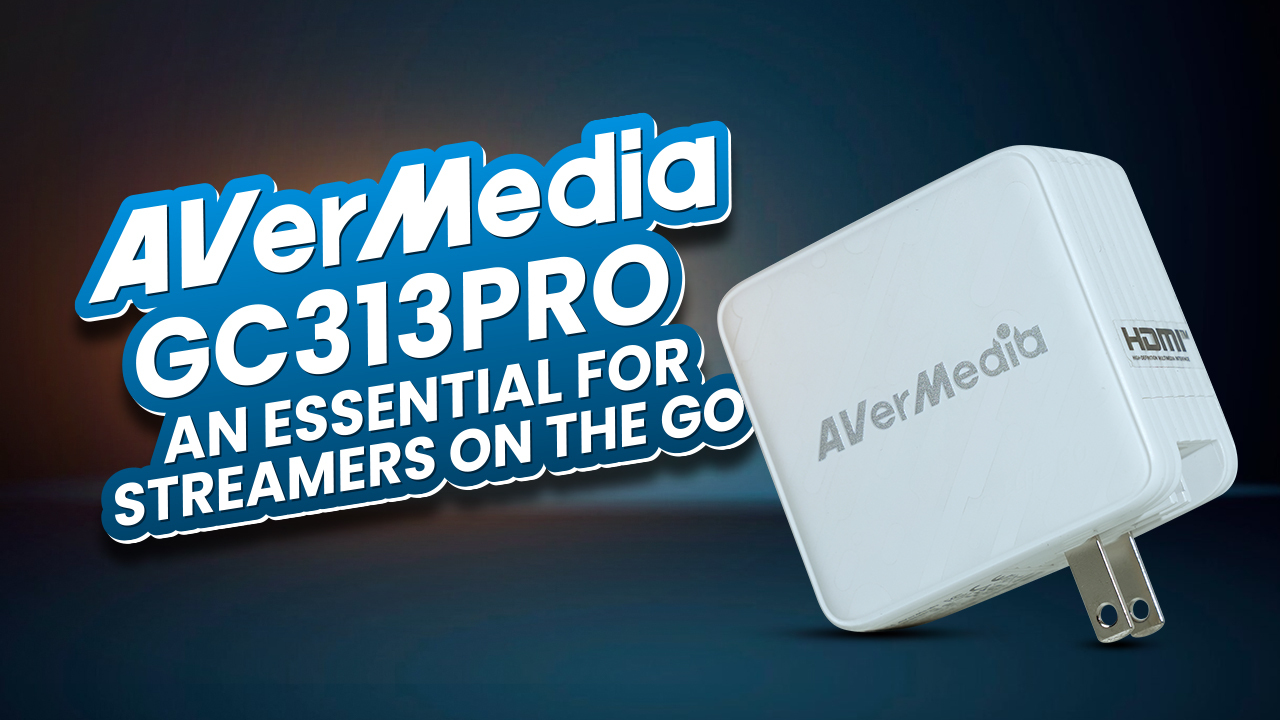Most of the recent high-end smartphones now boast blazing fast refresh rates that include 90Hz, and 120Hz, even some phone comes with 165Hz. This sounds great but do you really need more than 60Hz refresh rates on your smartphone? Or do you have any idea how the refresh rate works? Let’s understand the refresh rates.
Refresh Rate
First of all, your smartphone’s display is not static because every pixel constantly updates the display to make your content and motion appear smooth on your smartphone’s screen. In other words, all content on your display is made up of individual photos that come in sequence at a very high speed, which is known as refresh rate. This refresh rate is measured in Hertz (Hz), which indicates how often the frame can change every second. A refresh rate of 60Hz displays can deliver 60 frames per second, 90Hz is 90 times per second, and others obviously you can guess.

As you can see here, the 120Hz display is able to refresh more images, which is two times faster than the 60Hz panel and four times faster than the 30Hz. Also, it is important to note down that in some cases, the frame rate is limited, and it is expressed as frames per second (fps). For example, movies usually run at 24fps because of their cinematic standard. Whereas most video games can go up to 120Hz. So, more frames per second mean you can see smoothly and sharply. Faster update times also mean lower latency. A 60Hz display takes 16.6 ms to refresh, 90Hz takes 11.1ms, whereas a 120Hz display takes just 8.3ms to refresh.
| Refresh Rate | Frame Time |
| 30Hz | 33.33ms |
| 60Hz | 16.6ms |
| 90Hz | 11.1ms |
| 120Hz | 8.3ms |
| 144Hz | 6.94ms |
| 165Hz | 6.06ms |
Is 60Hz on Mobile Necessary?
Anyway, only having the higher refresh rates display won’t bring you benefits if specs are not good enough to produce more fps. You will get higher fps when a GPU and CPU work together. So, if your smartphone’s GPU and CPU are incapable of supplying the frame rate that your display supports, then it won’t be able to produce a high refresh rate image. For example, your smartphone supports a 120Hz refresh rate, but the system produces 60 frames per second, so the higher refresh rate is not being utilized.
Now, do you really need more than 60Hz? Well, Razer Phone was the first one to come with a higher refresh rate, and it was mainly focused on gaming. After that, manufacturers like Samsung, Google, and Apple adopted it in their flagship devices like the Galaxy S22 ultra and iPhone 13 Pro Max.

As you might already know, higher refresh rate displays ensure smoother and snappier animation while switching through apps or browsing. Also, it will give you more comfortable than a 60Hz display while watching content. You can even find more meaningful benefits in fast-motion content and obviously, we are talking about video games. Playing games at a higher refresh rate can give you a substantial impact on your gaming experience because every frame counts. It reduces visual latency and delivers smoother gameplay. However, for high frame rate gaming, your device needs a powerful processor too. So, when you are about to buy a smartphone for gaming, you should keep that in mind.
Unfortunately, there is a problem with having a higher refresh rate. It will often cost you battery life. Refreshing the image in a higher frame per second requires more battery power and time. It will drain your smartphone’s battery capacity faster. For that reason, some companies came up with the LTPO display and dynamic refresh rate that can go way down to 1Hz from 120Hz.
“So, after all this discussion, it should be pretty clear how the refresh rate works and the ways to utilize most out of it. Having a lower configured smartphone with a higher refresh rate display won’t make any difference, at the same time, a lower display refresh rate with high-end specs keeps you limited. So, there needs to be a proper combination for making the more than 60-hertz display refresh rate an actual worthy feature.“
Final Say
In Short, higher refresh rates can give a smoother viewing experience. It can make your smartphone more responsive and speedy. And gamers who play fast-paced games will experience the most benefit. Otherwise, for regular use,60Hz is more than enough.







